Singapore may need up to 570,000 new HDB flats even if population growth stops completely
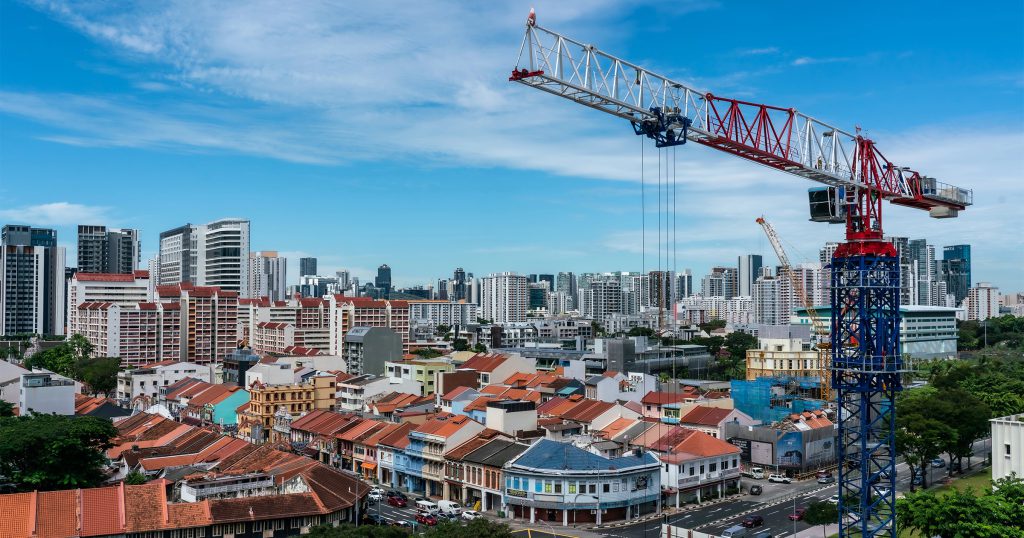
Disclaimer: Unless otherwise stated, any opinions expressed below belong solely to the author. Over the 60 years of its independent history, Singapore has been a near permanent construction site. There are always cranes towering above the city, as it needs to accommodate its 6 million people now. Forests in Tengah, Dover and, in the future, […]
Casa Mia’s tenant-first model simplifies co-living with shorter contracts, housemate matching
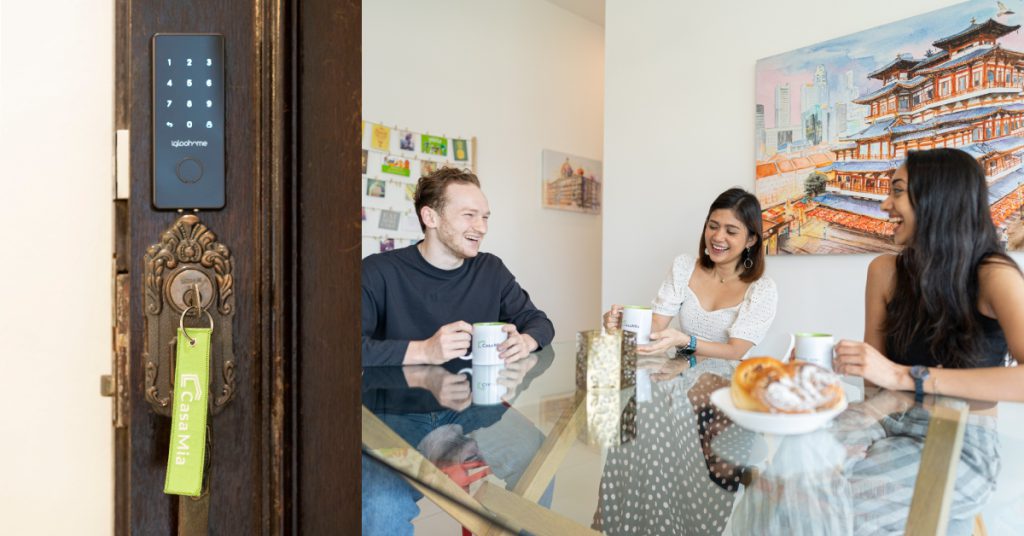
In 2023, Vulcan Post reported on a survey of expatriates’ lifestyles in various countries, which found that the majority of expats are satisfied with their lives in Singapore. However, that study also revealed that over 70% of respondents also deemed housing to be unaffordable in the city-state. In addition, more than half of expats find […]
Scientex expands its affordable housing vision with Sentrio Residences in Seremban

[This is a sponsored article with Scientex Berhad.] Scientex Berhad (Scientex) is a familiar name to many Malaysians in search of a place to call home. After all, the firm’s property division has been building quality and affordable homes for over 30 years now. In recent years, many homebuyers, especially young families and urban dwellers, […]
LKYSPP: Singapore is the world’s 4th costliest city for expats but just 28th for locals
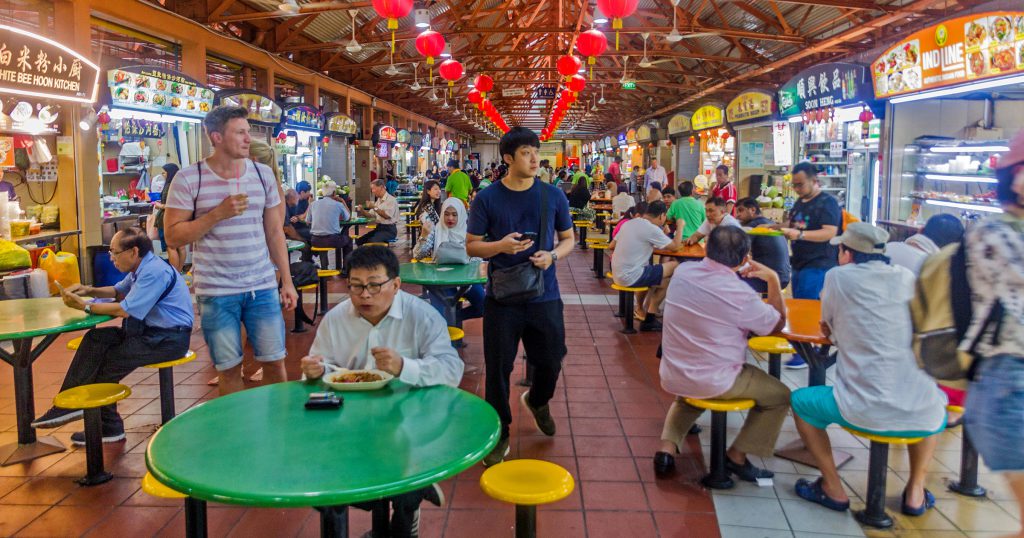
Disclaimer: Unless otherwise stated, any opinions expressed below belong solely to the author. Data published by Lee Kuan Yew School of Public Policy. We’re often bombarded with headlines alleging that Singapore is one of the most expensive cities in the world to live in. What’s typically missing in these rankings—or only written in fine print—are […]
Used BlueSG cars get second life as Tribecar adds them to its long-term rental fleet
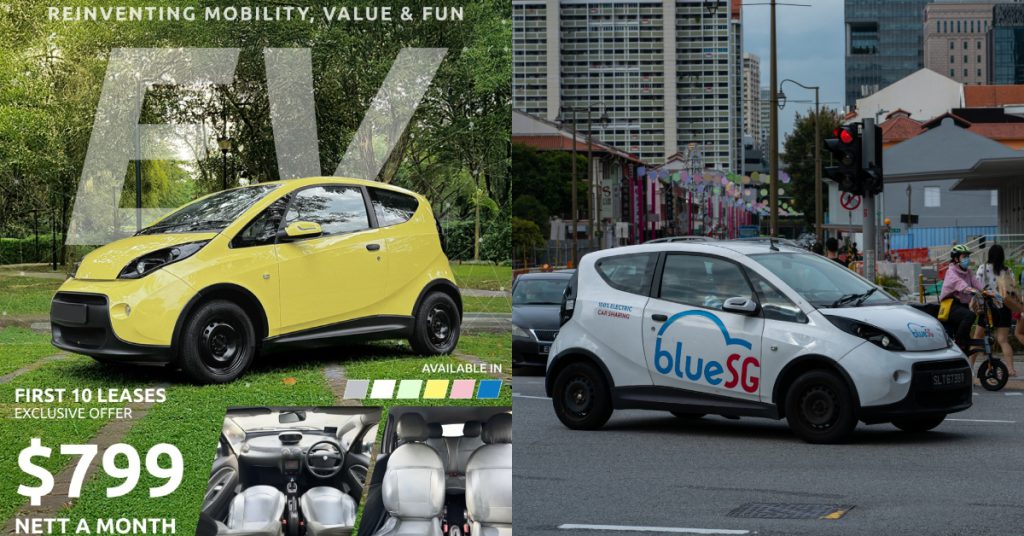
Car-sharing firm Tribecar is repurposing former BlueSG cars for a new electric vehicle (EV) rental fleet, three weeks after BlueSG announced the cessation of its services from Aug 8 in preparation for a relaunch in 2026. BlueSG CEO Keith Kee confirmed on Monday (Aug 25) that discussions with Tribecar regarding a potential sale of its […]
Survey: Singapore’s 10 best companies to work for in 2025

Looking for new employers? Here are 10 companies that you should be applying at. These rankings are determined by key employee value proposition drivers such as salary and benefits, work-life balance, and career development opportunities. Here is the list of top 10 most attractive employers for 2025: Changi Airport Group clinches top company title amid […]
Thomson Medical unveils US$4.3B project in Johor-S’pore SEZ, including 1,000 bed hospital & hotel

Singapore-based healthcare group, Thomson Medical Group, announced yesterday (Aug 25) the launch of Johor Bay: an RM18 billion (US$4.3 billion) mega project in Johor, Malaysia that includes a private hospital, residential, and commercial properties. The 10.52ha project is located within the Johor-Singapore Special Economic Zone (SEZ), and is billed as one of Southeast Asia’s largest […]
Burnout & rising rent forced KORIO to shut down. Now, it’s making a comeback with 2 outlets.
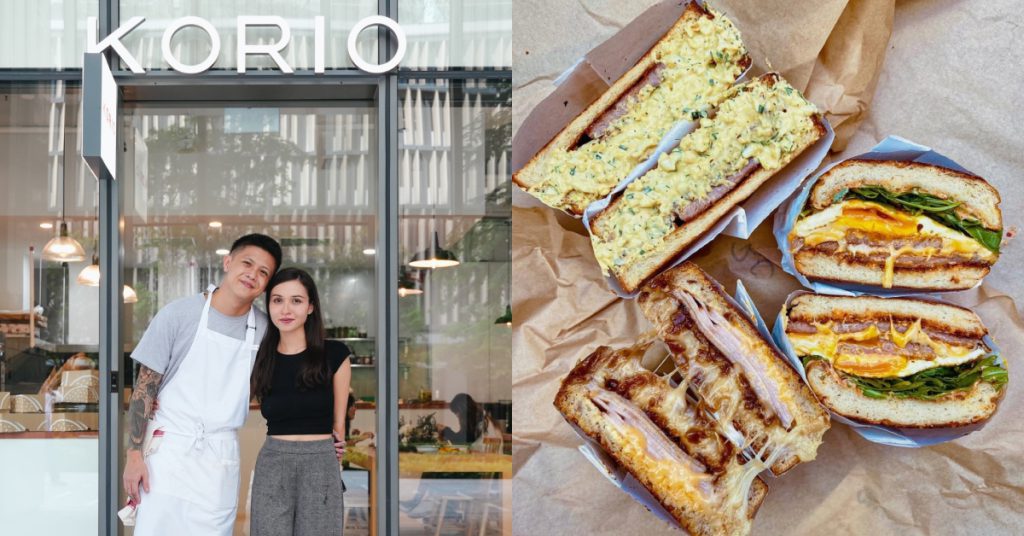
When cult-favourite sandwich joint KORIO suddenly announced its closure in Dec 2023, fans were floored. After all, it was notorious for drawing long lines of customers at its Far East Square outlet. But this time, KORIO is back—and not with one, but two outlets. We caught up with the husband-and-wife team behind the brand, Shaz and Myron Tan, to find […]
Singapore salary data: 250+ non-executive roles that pay S$10,000 per month or more in 2025

Disclaimer: Unless otherwise stated, any opinions expressed below belong solely to the author. Salary data sourced from Michael Page Salary Guide 2025. Every year, Michael Page, a multinational recruitment giant based in the UK, releases numerous reports on labour markets around the world, including Singapore. This includes its annual Salary Guide, based on its own […]
Many hyped-up products disappointed me, but this Shark fan changed my mind
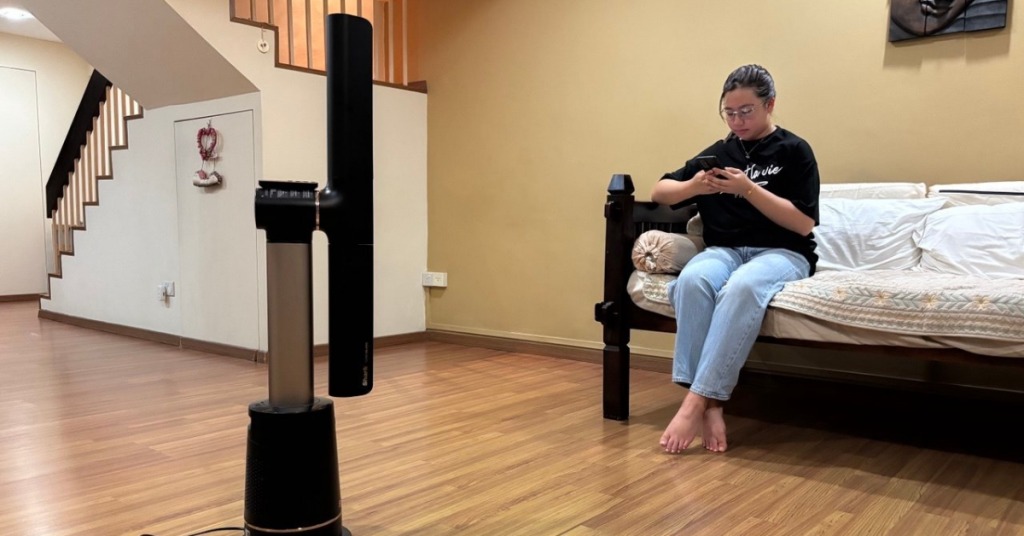
[This is a sponsored article with Shark Singapore.] If there’s one thing that Singaporeans love to complain about, it is the weather. The mix of high temperatures and humidity, the majority of the time, results in us feeling sticky with sweat and discomfort. This explains why many of us have developed a love for cool air […]
Peter Lim’s RSP to design Johor Regent’s 27-ha private beachfront residence in Desaru

RSP Architects, Planners and Engineers, a Singapore-based design firm owned by billionaire Peter Lim, has been appointed by the Regent of Johor (ROJ), Tunku Ismail Sultan Ibrahim, to develop a sprawling waterfront estate in Desaru, Malaysia. According to Forbes, the US$200 million project will be built across the Johor royal family’s 27-hectare property and is expected […]
Changi Travel Services cuts 30 employees in second round of layoffs this year
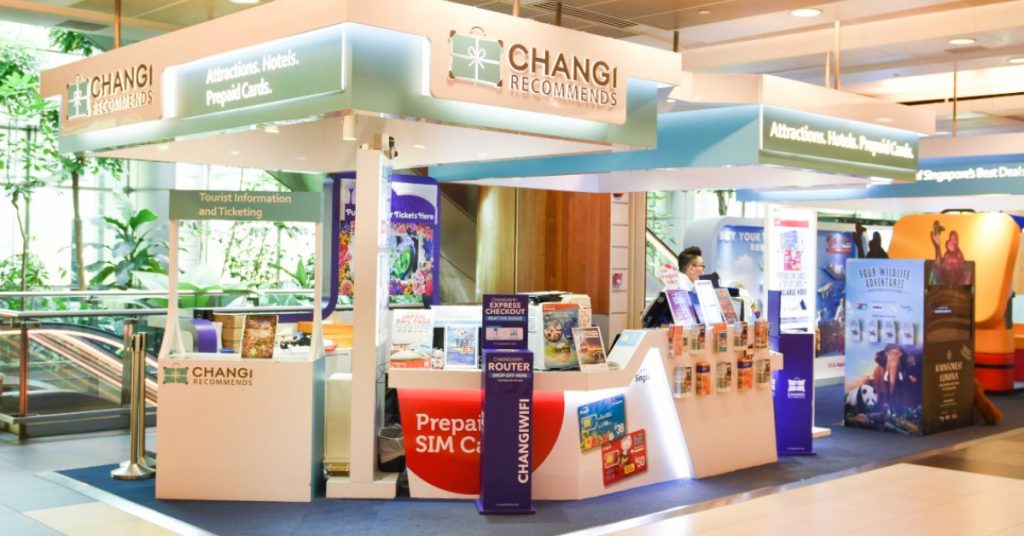
Changi Travel Services (CTS) has laid off a total of 30 employees as part of a retrenchment exercise on Aug 1. According to CNA, the move comes as the company restructures its business and operations following a “strategic review amid evolving market conditions”. Affected staff will receive a severance package of four weeks for every […]
Aussie viral froyo chain Yo-Chi wants to be the next go-to late-night spot in S’pore
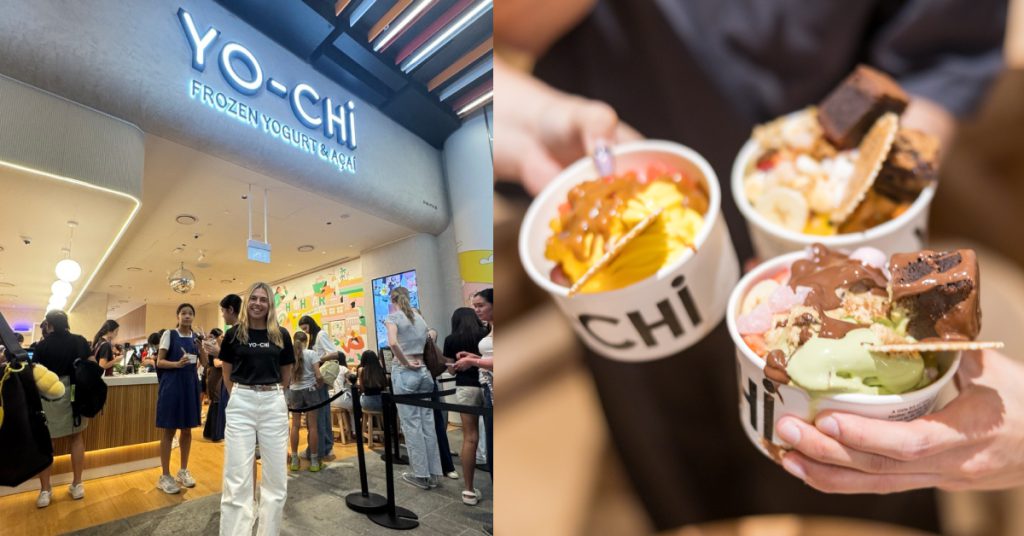
A food brand developing a cult following is no easy feat, that is, unless you are Yo-Chi. First founded in 2012 in Melbourne, Australia, Yo-Chi has grown famous for its self-serve frozen yoghurt (froyo) and acai. Singapore marks the brand’s first international stop, with crowds forming snaking queues at Orchard Central. We couldn’t have asked […]
How to sell to Singaporeans? Here are the most persuasive brands in Singapore.
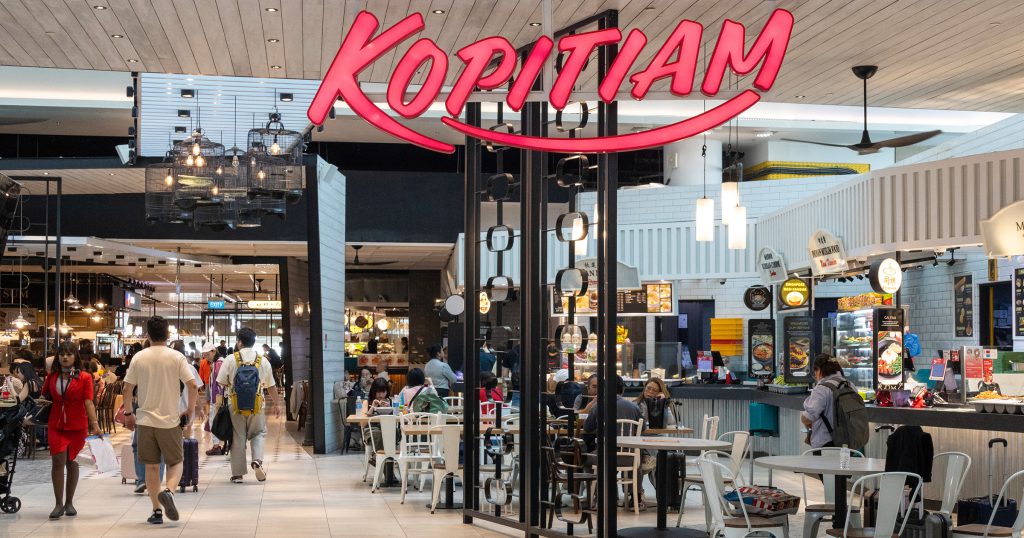
Disclaimer: Unless otherwise stated, any opinions expressed below belong solely to the author. Survey data comes from YouGov’s “Most Persuasive Brands” report, August 2025. Can Kopitiam beat McDonald’s? Is Uniqlo better than Shein? Is Apple stronger than Samsung? These are just some of the questions that researchers from YouGov tried to answer about the purchasing […]
The Projector closed down. So what?
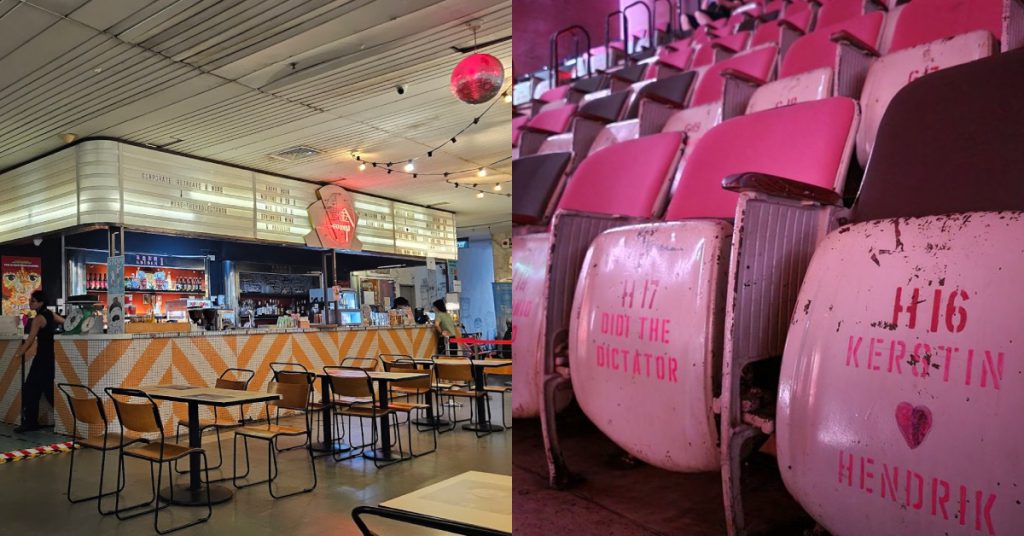
It was a dark day that sent shockwaves across the more artistically inclined among my social circle. Indie cinema The Projector announced its closure with immediate effect on Tuesday (Aug 19). To call the announcement sudden would be like saying that the Causeway had “a bit of a queue” on National Day weekend. If there […]
Knot your average craft: Meet the artisan bringing a traditional Japanese art form to S’pore

There’s a new form of art quietly making its mark in Singapore—one rooted in centuries-old tradition, yet reimagined for modern sensibilities. Meet Wong Xin Ling, the 43-year-old Singaporean behind KNOTTI. From teaching English in Japan to working at a Japanese recruitment firm in Singapore, Xin Ling’s cross-cultural journey eventually led her to deepen her appreciation […]
RushOwl pivoted to B2B & HK, India expansion after bus sharing slowed; saw 3x revenue jump

Despite being a tiny red dot, Singaporeans often detest dedicating hours to travelling, leading to many of us paying more for the convenience premium. This gave prominence to ride-hailing apps like Grab and Gojek and car-sharing companies such as BlueSG in the city-state; however, RushOwl, a homegrown bus-sharing startup founded in 2018, believes that there’s an underserved group of commuters who lack adequate […]
Why Bonus Features Changed the Slot World Forever

The classic slot conjures a specific image. It is a mechanical box with three spinning reels adorned with fruits, bells, and lucky sevens. For decades, this was the essence of the slot machine, a simple game of chance with a single objective: line up the symbols and collect your coins. It was a straightforward proposition, […]
Planning ahead pays off: How these S’pore-based firms are future-proofing their bizs with IP

[This is a sponsored article with IPOS.] Intellectual property (IP) may not be the first thing on a founder’s mind, but leveraging it can be one of the smartest moves they make. When used strategically, IP can do more than just protect ideas. It can safeguard brand identity, open doors to new markets, and pave […]
Singapore Q3 jobs forecast by EDB, DOS: Strong hiring in six industries, cuts planned in five
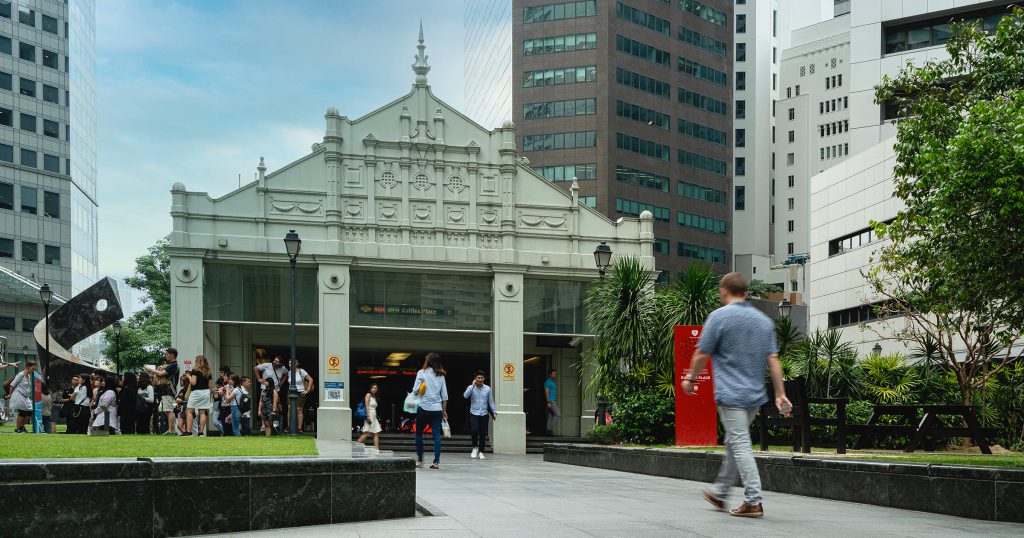
Disclaimer: Unless otherwise stated, any opinions expressed below belong solely to the author. Data comes from the Singapore Economic Development Board and the Singapore Department of Statistics. Singapore’s Economic Development Board (EDB) and Department of Statistics (DOS) have released their quarterly business sentiment reports for the manufacturing and services sectors for the second half of […]
The best 18+ games of 2024

Digital gaming reached new heights last year. From high-stakes casino slots to blockbuster shoot-em-ups, the game industry boomed. The latest figures show that over three billion people worldwide played digital games in 2024. This meant revenues soared, crossing $220 billion globally. Mobile gaming dominated this entertainment sector, accounting for over half the market. Console and […]
Singapore’s first ping pong bar blends sport & drinks to bring a new spin on nightlife
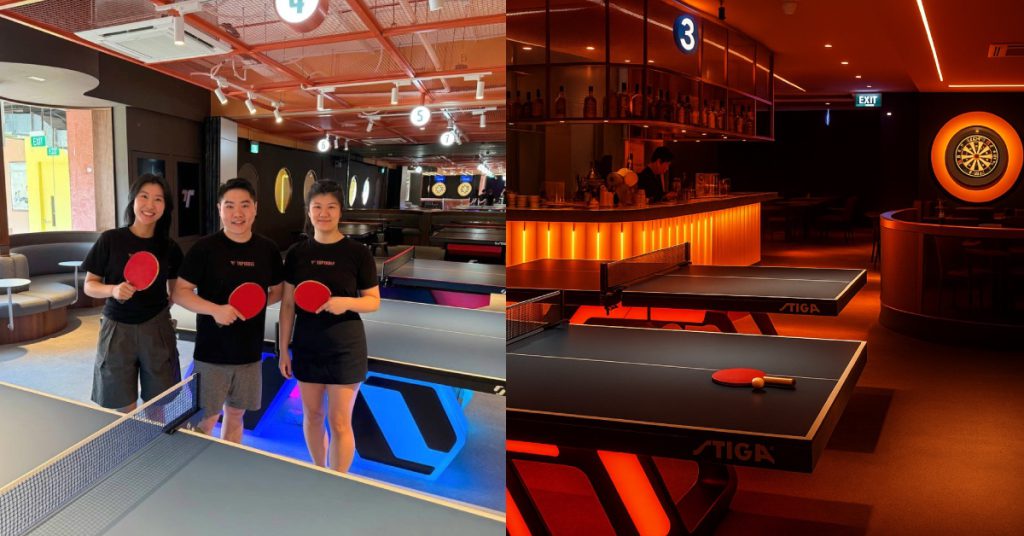
Just when you thought New Bahru couldn’t get more exciting, along comes TopTable—Singapore’s first ping pong social bar that blends sport with social drinking. The business is led by Nick Li, a 28-year-old former table tennis coach from Hong Kong, together with his Singaporean wife Jobeth and sister-in-law Jonique. Having spent over a decade in […]
The Projector announces sudden closure, cites “increasingly unforgiving” cinema industry
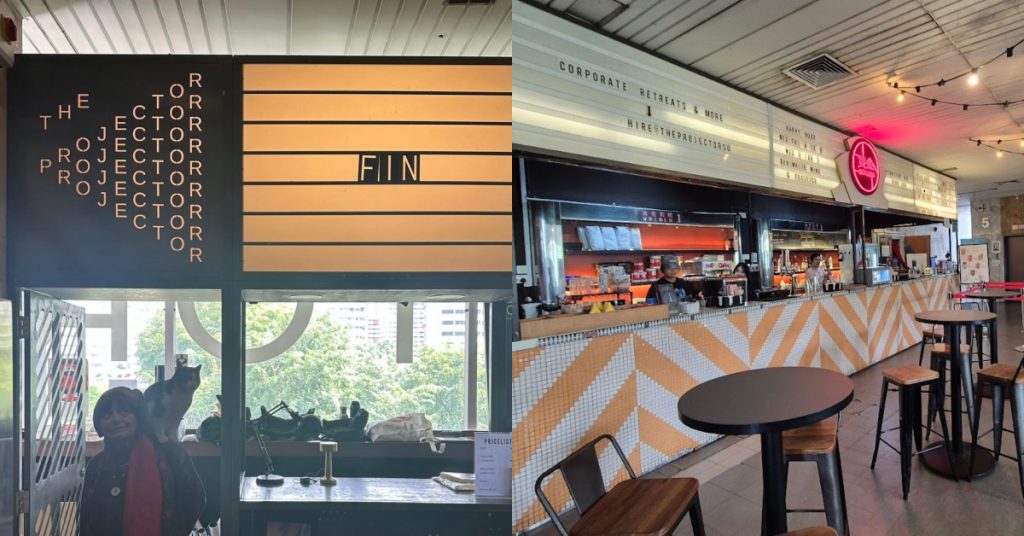
Local indie theatre The Projector will be ceasing operations today (Aug 19), closing its last outlet at its original Golden Mile Tower location and bringing an end to its decade-long run. In an Instagram post, the theatre announced that it will enter voluntary liquidation, citing the “increasingly unforgiving” realities of the cinema industry. “Rising operational […]
MOM data: 175 S’pore jobs with the widest pay range. You could earn double in the same role.
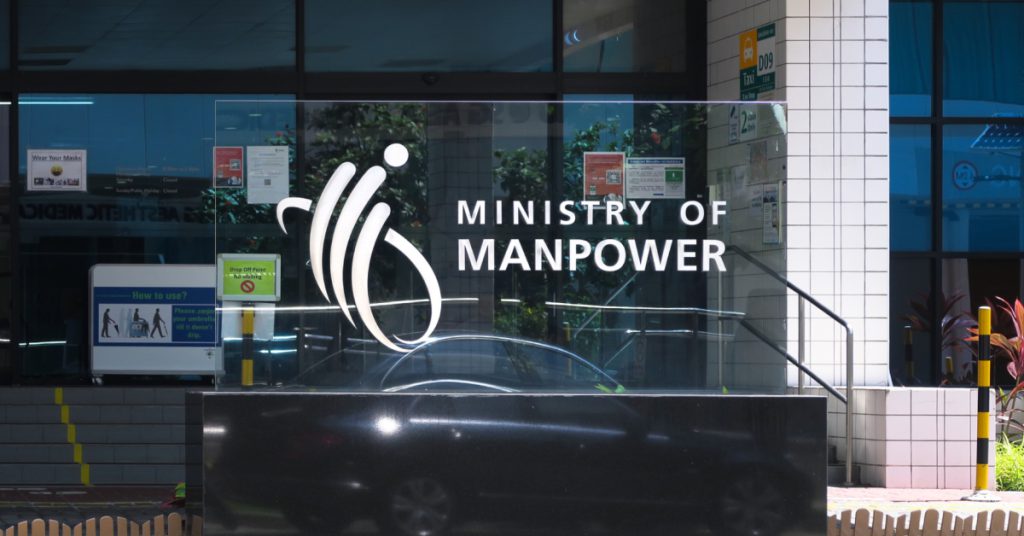
Disclaimer: Unless otherwise stated, any opinions expressed below belong solely to the author. Data comes from the latest statistical tables on occupational wages by Singapore’s Ministry of Manpower. Statistical releases usually talk about median figures—the middle value that half of the people fall under and half fall above of. But we rarely ever discuss the […]
Self-orders & more table turns: How fast casual restaurants stay resilient amid rising costs
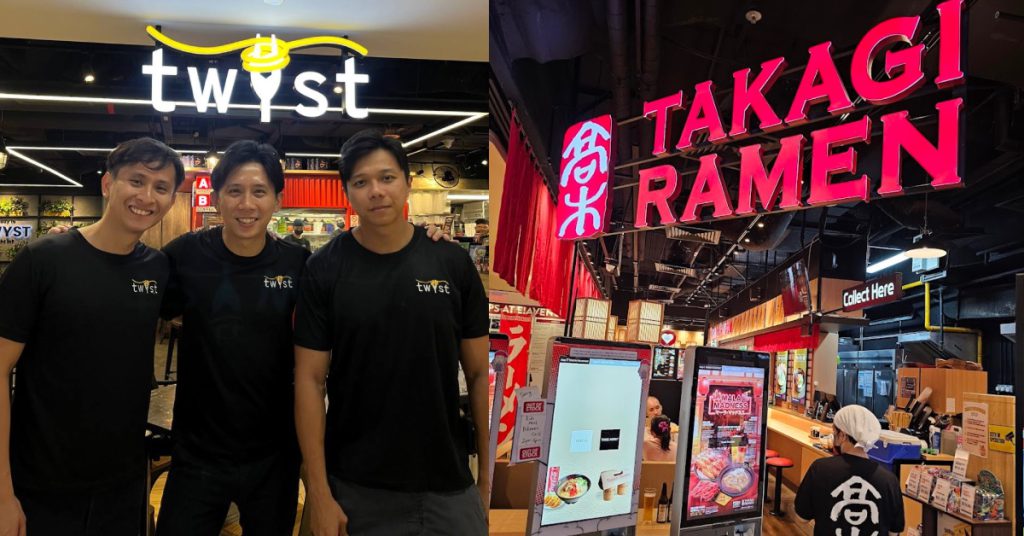
If it’s not already clear from the headlines, 2024 has been a tumultuous year for Singapore’s F&B scene, with more than 3,000 closures—the highest in nearly two decades. And it seems like 2025 is shaping up to be no better, judging from the wave of exits in recent months. Rising rents, escalating ingredient costs and […]
Opening an onsen at 19 Y/O is the opposite of zen, says young girlboss of Joya Onsen Cafe

Singaporeans love Japan so much that a record-breaking number of 691,100 Singaporeans visited the land of the rising sun in 2024, with almost one-fifth of them visiting last December alone. While the Japan National Tourism Organisation has attributed this increase to a stronger Singapore dollar against the Japanese Yen, not many people can afford to […]
Despite controversial sudden closure, Maxi Coffee Bar continues to brew genuine connections
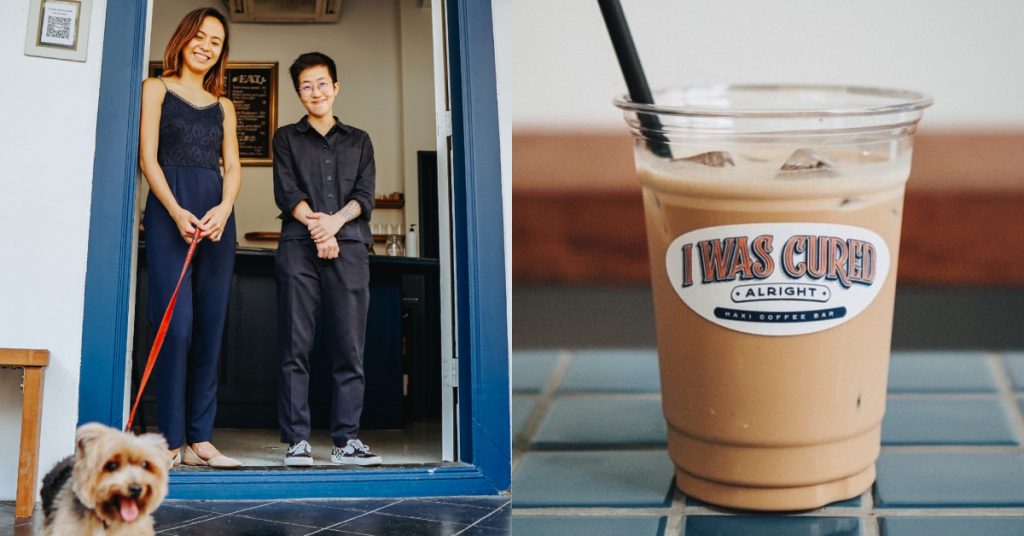
What began as a humble hole-in-the-wall coffee bar in Emerald Garden has grown into one of Singapore’s most recognisable specialty coffee spots. Once nestled at 6 Ann Siang Hill, Maxi Coffee Bar has built a loyal following that outlasts its physical locations—thanks to founders Joy Cheng and Denise Lum’s passion for coffee, hospitality, and community. […]
After their 9 to 5, this couple brings new life to the dead at S’pore’s 1st taxidermy studio
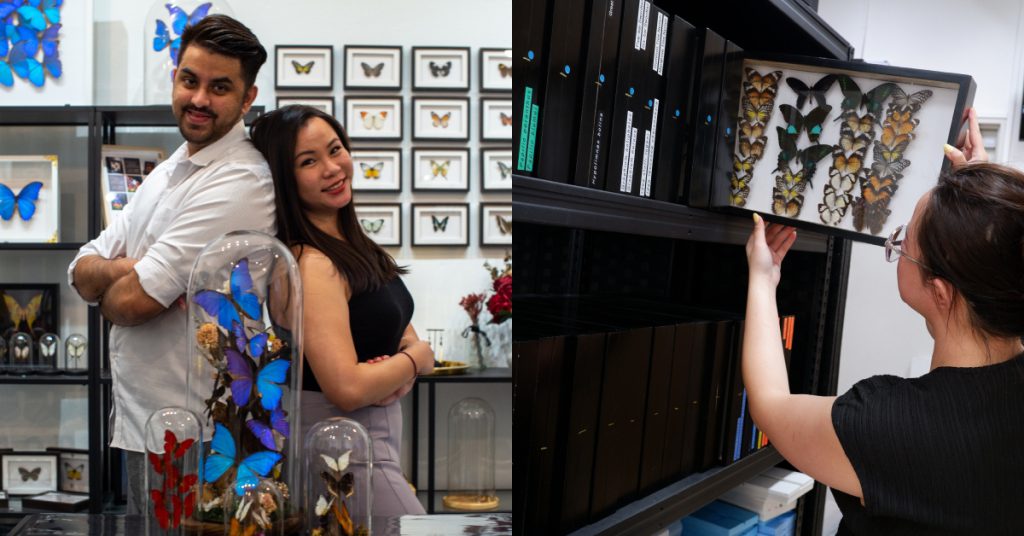
She was working part-time at Levi’s, and he was looking for a new pair of jeans. What started as a chance encounter led to months of texting back and forth, and a year later, Vivian Tham and Jivan Jothi went on their first date, marking the start of their relationship. But little did Jivan know […]
M’sian SMEs face 74K cyberattacks a day, here’s how secure 5G can protect your biz in 2025

[This is a sponsored article with U Business.] In today’s world, running a business isn’t just about managing people and products. There’s the extra consideration of staying on top of digital risks too. As more and more businesses digitalise their operations, staying online and keeping sensitive data safe aren’t just concerns for the IT department, […]
Singapore layoffs in 2025: Microsoft, TikTok, Meta, Standard Chartered among those affected

Retrenchments and restructures have hit Singapore hard in 2025, as companies look to charter the uncertain waters of United States President Donald Trump’s trade tariffs. As a result, Singapore’s domestic exports to the US plummeted in second quarter of 2025, showing a decrease of S$3 billion compared to the same period in 2024. Escalating costs […]

